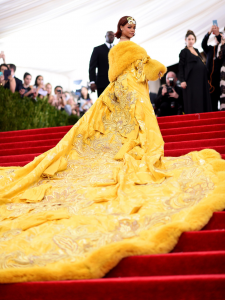Celebrity endorsements are a popular way for brands to achieve meaning, however, the success of any endorsement may be dependant on the correlation between celebrity and brand, which is known as the “matchup” effect, coined by McCracken in 1989. This has seen individuals such as McCracken, Amos, Holmes, Strutton, Kahle and Homer approaching their research in a similar manner, their school of thought outlining that the effectiveness of an endorsement is tied to how well the image and / or personality of the celebrity fits the product and the selling idea. The consumer – seen as the “fan” in a certain aspect needs to see the correlation between celebrity and the product.
Kahle, Homer and Kamins believe that in most cases, it is the attractiveness of the celebrity that strengthens the intentions of the consumer to purchase the advertised product. However, Zwilling and Fruchter believe that there are many contradictions and findings that can strain the task of creating a match between celebrity and product. For example, Shimp’s research outlines that “trustworthiness and attractiveness are emphasied over a celebrity’s popularity”, however his past studies have found that repeatedly pairing pleasant images with brands can result in favourable brand attitudes by viewers of those advertisements. Kahle, Homer and Kamins each agree that effective endorsements are not necessarily based on the “attractiveness” of a celebrity, although it assists in curving the attitudes of consumers. Kamins implies that celebrity endorsement influences consumers positively, with this influence somewhat partially due to the desire of a consumer to identify with the endorser.
Advertising, as an institution, is used on many occasions to sell the product they wish to. Young consumers may somewhat “borrow” from a celebrity they admire in the construction of their identity, by purchasing and using the product endorsed, constructing a self satisfying self-concept. Advertisers target their audiences perfectly, and use celebrities to do exactly so. Such a sweet deal for usually, a large price.

Recent Comments